Regularly safety inspecting dart equipment is crucial to prevent injuries and ensure fair play. This article provides a comprehensive guide on how to thoroughly inspect your dartboard, darts, and surrounding area for potential hazards. You’ll learn how to identify common issues, maintain your equipment, and create a safe dart playing environment.
⚠️ Still Using Pen & Paper (or a Chalkboard)?! ⚠️
Step into the future! The Dart Counter App handles all the scoring, suggests checkouts, and tracks your stats automatically. It's easier than you think!
Try the Smart Dart Counter App FREE!Ready for an upgrade? Click above!
Why is Safety Inspecting Dart Equipment Important?
Safety inspecting dart equipment might seem like overkill, but it’s a vital part of enjoying the game without unnecessary risks. Ignoring potential hazards can lead to injuries, damage to property, and even alter the outcome of a game. Neglecting basic maintenance, like sharpening dart points, could cause darts to bounce out frequently, becoming dangerous projectiles. A poorly mounted dartboard can detach from the wall during play, posing a significant threat.
Beyond the immediate risks, neglecting your equipment can also lead to its premature failure. A warped dartboard, for example, will not only affect accuracy but also degrade more rapidly, costing you more money in the long run.
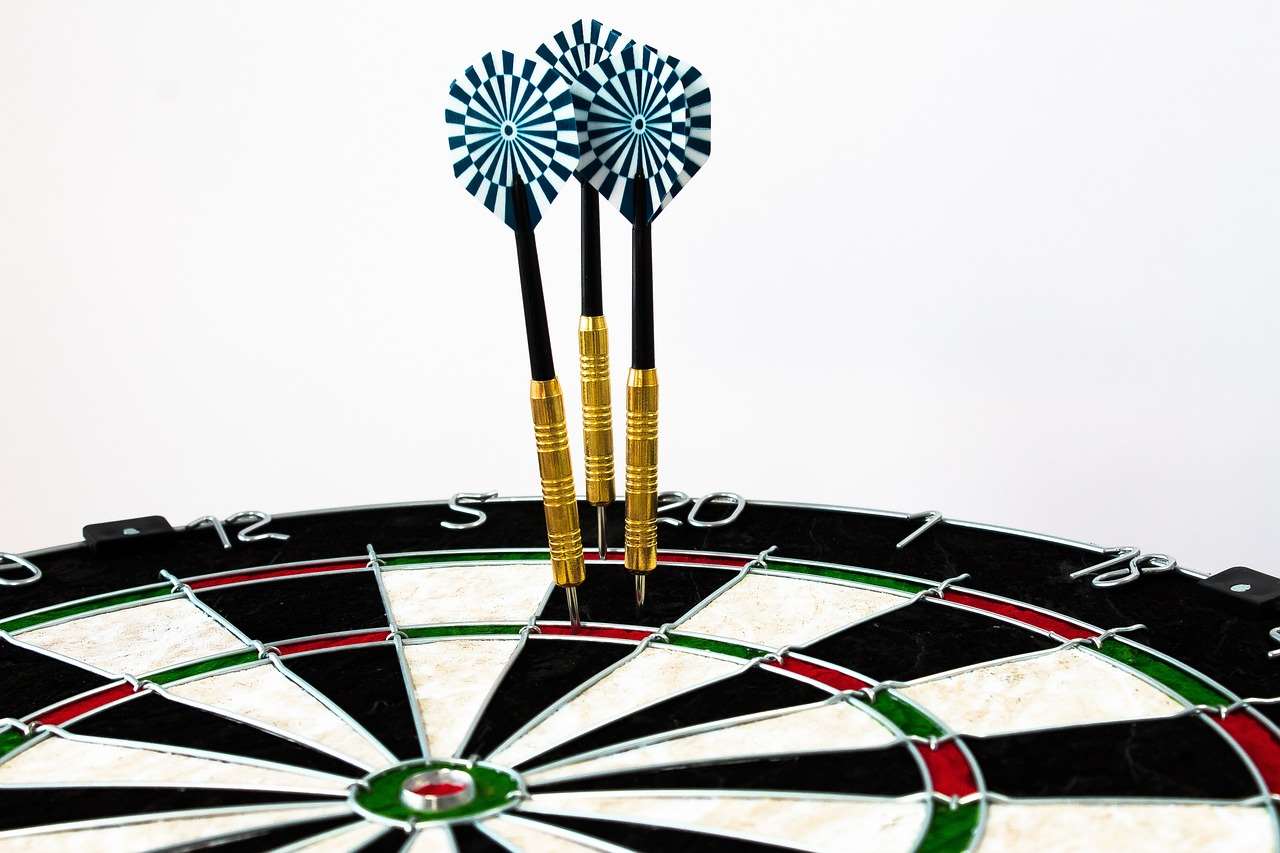
How to Perform a Thorough Dartboard Inspection
The dartboard is the central component of any darts setup, and a damaged or improperly installed board is a recipe for accidents. Here’s how to conduct a comprehensive inspection:
Dartboard Mounting
The stability of your dartboard is paramount. The board should be securely mounted to the wall, preferably using a purpose-built dartboard bracket. Here’s what to check:
- Tightness: Ensure the bracket is firmly screwed into the wall studs or a suitable backing board. Loose screws are a major red flag.
- Level: Use a level to verify that the dartboard is perfectly vertical. An unlevel board introduces unfair advantages and disadvantages.
- Height: The center of the bullseye should be exactly 5 feet 8 inches (1.73 meters) from the floor. Double-check this measurement.
- Backboard (Optional but Recommended): A backboard protects the wall from stray darts and reduces noise. Make sure the backboard is also securely mounted.
Dartboard Condition
The dartboard itself should be inspected for signs of wear and tear:
- Wired Spider: Check that all the wires are securely embedded in the board and that none are loose or protruding. Loose wires increase the risk of bounce-outs.
- Number Ring: The number ring should be securely attached and properly aligned. A loose or misaligned ring can cause confusion and scoring errors.
- Surface Condition: Look for excessive dryness, cracking, or crumbling of the sisal fibers. A worn-out board loses its ability to grip the darts effectively. Consider rotating your board regularly to prolong its lifespan.
- Staples: Ensure no staples are protruding from the board’s surface. Protruding staples will cause bounce-outs and can damage your darts.
Dart Inspection Checklist: Ensuring Dart Safety
Your darts are equally crucial to safety. A sharp and well-maintained dart is less likely to bounce out and cause injury. Here’s a detailed inspection checklist:
Dart Points
The points are the most critical part of the dart from a safety perspective. Here’s what you need to look for:
- Sharpness: Dart points should be sharp enough to penetrate the dartboard easily but not so sharp that they become dangerous. A dull point is more likely to bounce out. Regularly sharpen your dart points with a dart sharpener.
- Burrs and Damage: Inspect the points for any burrs, bends, or other damage. These imperfections can cause erratic flight and increase the risk of bounce-outs. Remove burrs with a file or sharpener.
- Secure Attachment: Ensure the points are securely attached to the barrel. Loose points are a significant safety hazard. If the points are loose, they may need to be replaced.
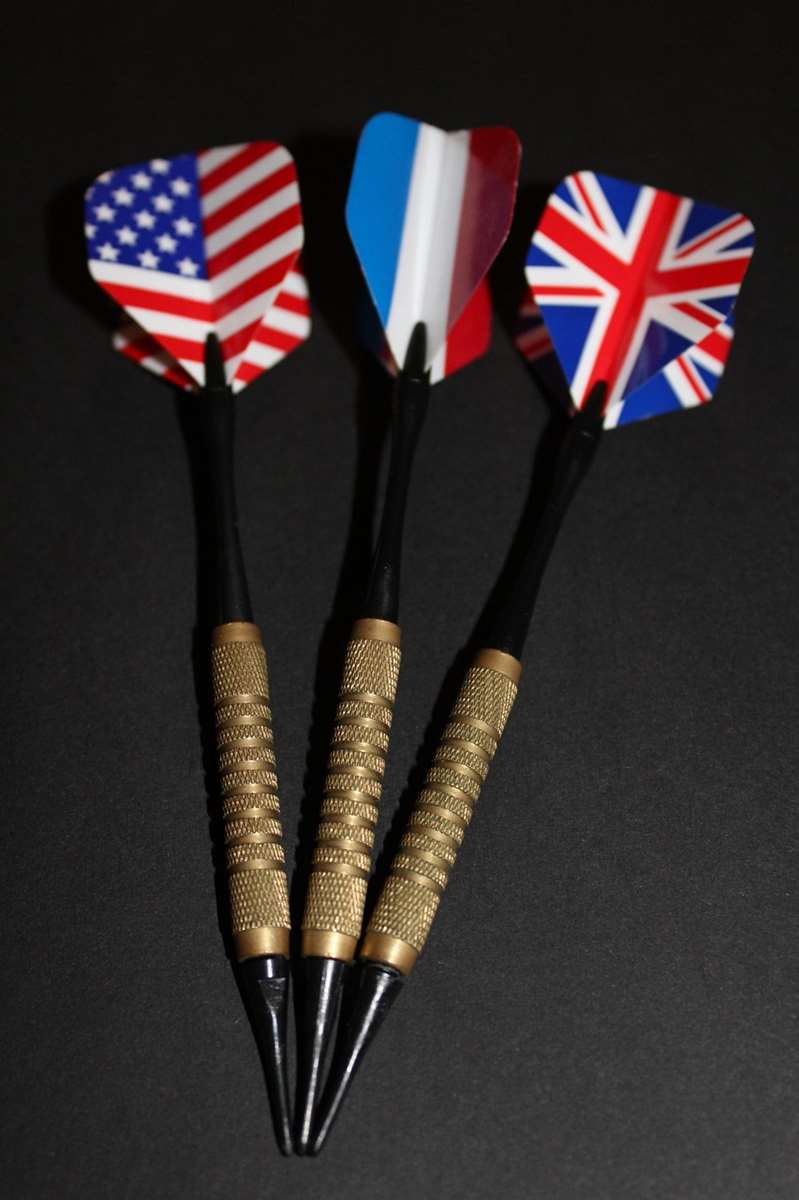
Dart Barrels
The barrel is the body of the dart and contributes to its overall balance and feel. Check the following:
- Grip: Make sure the grip is in good condition. A worn grip can affect your throwing accuracy and consistency.
- Damage: Look for any cracks, dents, or other damage to the barrel. Damaged barrels can affect the dart’s flight and balance.
- Secure Attachment: Ensure the barrel is securely attached to the shaft.
Dart Shafts
The shaft connects the barrel to the flight and plays a role in the dart’s aerodynamic properties:
- Straightness: Check that the shafts are straight and not bent or damaged. Bent shafts can cause the dart to wobble in flight.
- Thread Condition: Ensure the threads are in good condition and that the shafts are securely screwed into the barrel. Stripped threads will cause the shafts to loosen during play.
- Material: Inspect for cracks or breaks, especially in plastic or nylon shafts.
Dart Flights
The flights stabilize the dart in flight and affect its trajectory:
- Condition: Check that the flights are in good condition and not torn, bent, or damaged. Damaged flights can significantly affect the dart’s flight path.
- Secure Attachment: Make sure the flights are securely attached to the shaft. Use flight protectors to prevent damage and ensure a secure fit.
- Shape: Ensure that the flights maintain their proper shape for optimal aerodynamics.
Creating a Safe Darts Playing Environment
Beyond the equipment itself, the playing environment is crucial for safety. Here’s how to create a safe and enjoyable darts experience:
Adequate Lighting
Proper lighting is essential for clear visibility and accurate throws. Insufficient lighting can lead to misthrows and accidents. Use a dedicated dartboard lighting system or ensure the area is well-lit with overhead or side lighting.
Clear Throwing Area
The throwing area should be free from obstructions. Make sure there is enough space for players to stand comfortably and throw without bumping into anything. Keep furniture, pets, and other potential hazards out of the throwing area.
Oche (Throwing Line)
The oche, or throwing line, should be clearly marked and positioned at the correct distance from the dartboard. The standard distance is 7 feet 9.25 inches (2.37 meters) from the face of the dartboard. A clearly defined oche helps prevent players from encroaching on the throwing area and reduces the risk of accidents.
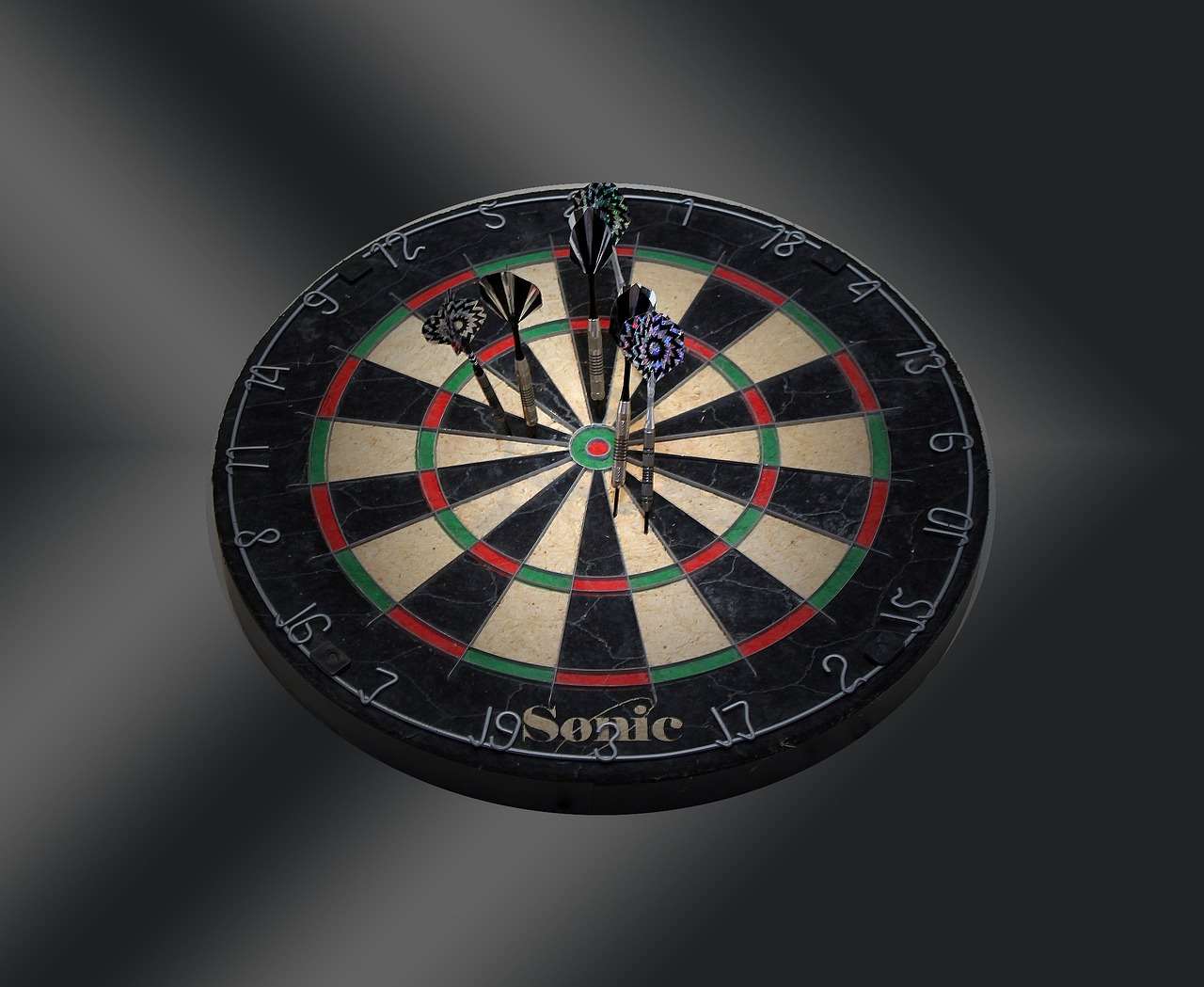
Spectator Safety
If spectators are present, ensure they stand well clear of the throwing area. A designated spectator zone can help prevent accidental injuries. Remind spectators to be mindful of flying darts and to avoid distracting the players.
Floor Protection
Consider using a dart mat to protect the floor from dropped darts. A dart mat also provides a comfortable and slip-resistant surface for players to stand on. This is particularly important on hard floors like wood or tile.
First Aid Kit
Keep a basic first aid kit readily available in case of minor injuries. The kit should include bandages, antiseptic wipes, and pain relievers.
Regular Maintenance for Dart Equipment Longevity
Regular maintenance is key to prolonging the life of your dart equipment and ensuring continued safety. Here are some essential maintenance tips:
Dartboard Rotation
Rotating your dartboard regularly helps to distribute wear and tear evenly across the surface. This prevents certain areas from becoming overly worn while others remain unused. A simple rotation of the number ring can significantly extend the lifespan of your board. You can learn more about Basic Darts Fundamentals for Beginners for some helpful tips.
Dart Sharpening
As mentioned earlier, keeping your dart points sharp is crucial for safety and performance. Use a dart sharpener to maintain a consistent point profile. Avoid over-sharpening, as this can make the points too brittle and prone to breaking. Consider checking Alternative darts rules for home play to spice things up.
Cleaning
Regularly clean your darts to remove dirt, dust, and grime. Use a soft cloth and mild detergent to wipe down the barrels, shafts, and flights. Avoid using harsh chemicals or abrasive cleaners, as these can damage the dart’s finish.
Storage
Store your dart equipment in a safe and dry place when not in use. A dart case or cabinet can protect your darts and dartboard from damage. Avoid storing your darts in direct sunlight or extreme temperatures, as this can cause them to warp or crack.
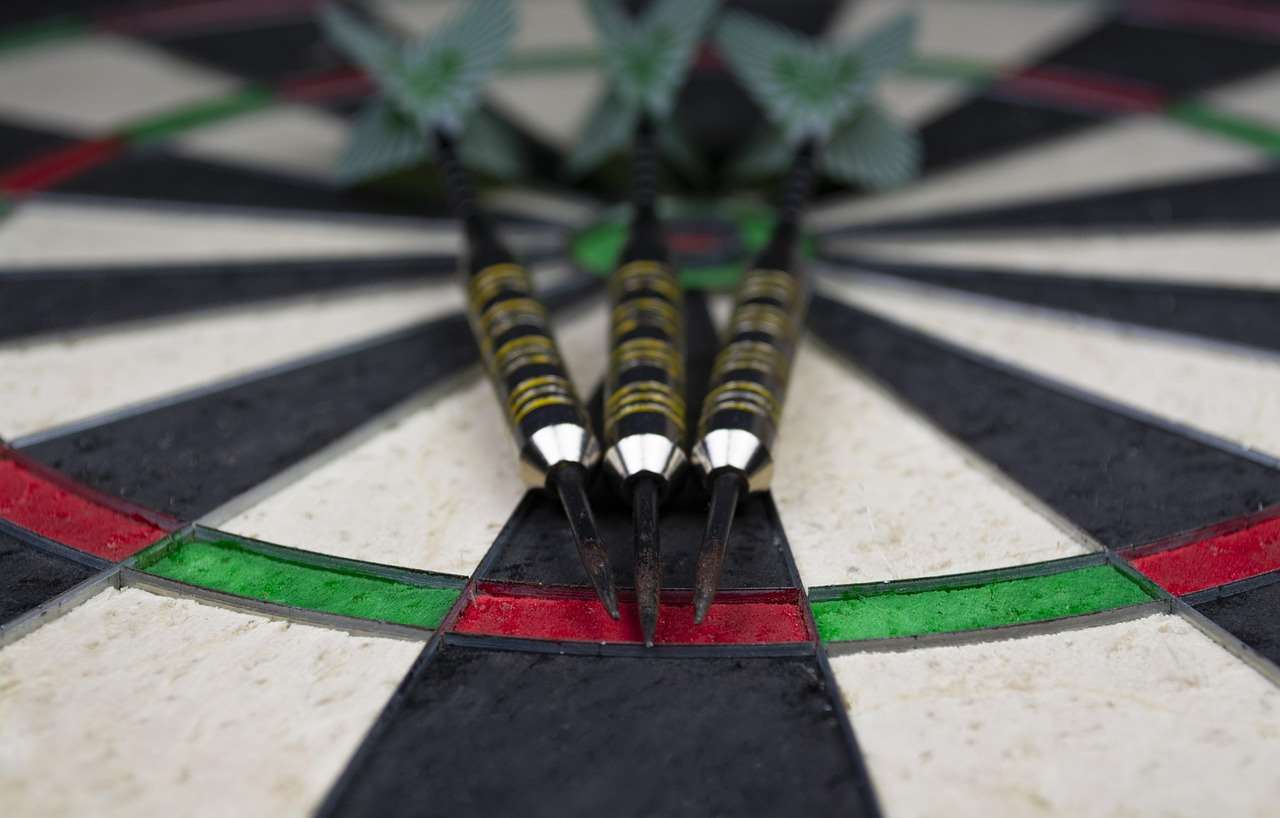
Common Safety Mistakes to Avoid
Even with the best intentions, it’s easy to overlook some common safety mistakes. Here’s what to avoid:
- Throwing Darts When Someone is in Front of the Board: This is a cardinal sin of darts safety. Never throw darts when someone is retrieving their darts or standing in front of the board.
- Using Damaged Equipment: Replace damaged or worn-out equipment immediately. Don’t take chances with broken flights, bent shafts, or dull points.
- Drinking Too Much Alcohol: Excessive alcohol consumption can impair judgment and coordination, increasing the risk of accidents.
- Ignoring Warning Signs: Pay attention to any signs of wear and tear or damage to your equipment. Address problems promptly to prevent them from escalating.
- Unsupervised Children: Keep darts and dartboards out of reach of unsupervised children. Darts are sharp objects and can cause serious injuries if misused.
Advanced Safety Measures
For serious players or those who frequently host dart games, consider implementing these advanced safety measures:
- Safety Glasses: Wear safety glasses to protect your eyes from stray darts. While rare, eye injuries can occur.
- Surround Protection: Install a dartboard surround to protect the wall and surrounding area from stray darts. Surrounds are typically made of foam or rubber and provide a soft landing surface for errant throws.
- Dedicated Darts Area: If possible, create a dedicated darts area in your home or game room. This helps to isolate the game and minimize the risk of accidents in other areas.
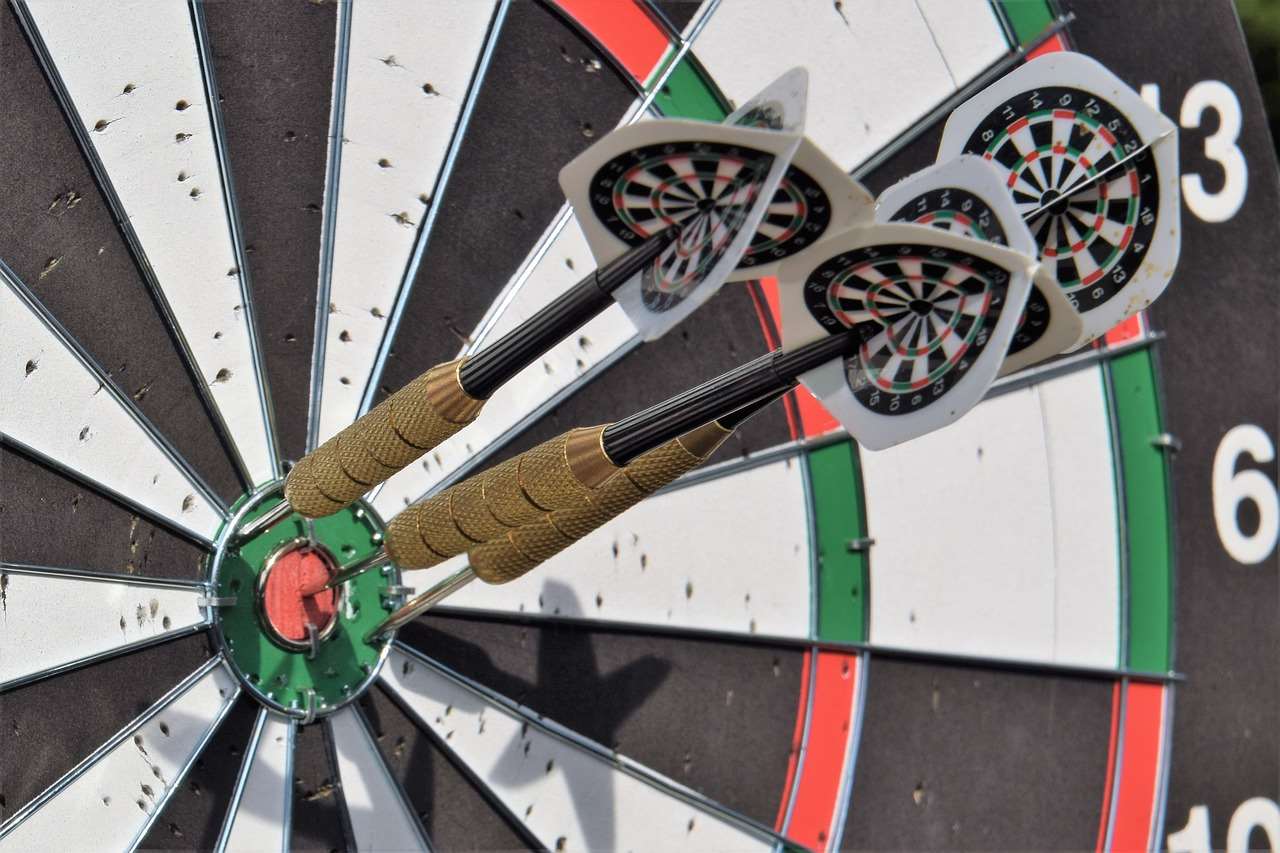
Resources for Safe Darting
There are numerous resources available to help you learn more about dart safety and proper equipment maintenance:
- Darts Associations: Many darts associations offer safety guidelines and training materials.
- Online Forums and Communities: Online darts forums and communities are great places to ask questions, share tips, and learn from experienced players.
- Local Darts Clubs: Join a local darts club to receive instruction and guidance from experienced players.
Conclusion: Prioritizing Safety for Enjoyable Dart Games
Safety inspecting dart equipment is an ongoing process that requires attention to detail and a commitment to safety. By following the tips and guidelines outlined in this article, you can create a safe and enjoyable darts environment for yourself and others. Remember to regularly inspect your equipment, maintain your surroundings, and practice safe darting habits. Prioritizing safety will not only prevent injuries but also enhance your overall darts experience. Now that you know more about safety, check out Adapting darts rules for beginners, Fun dart game variations with modified rules, or How to make darts fairer with handicap rules to continue improving your game. Take the time to inspect your setup today, and enjoy countless hours of safe and fun dart playing!
Hi, I’m Dieter, and I created Dartcounter (Dartcounterapp.com). My motivation wasn’t being a darts expert – quite the opposite! When I first started playing, I loved the game but found keeping accurate scores and tracking stats difficult and distracting.
I figured I couldn’t be the only one struggling with this. So, I decided to build a solution: an easy-to-use application that everyone, no matter their experience level, could use to manage scoring effortlessly.
My goal for Dartcounter was simple: let the app handle the numbers – the scoring, the averages, the stats, even checkout suggestions – so players could focus purely on their throw and enjoying the game. It began as a way to solve my own beginner’s problem, and I’m thrilled it has grown into a helpful tool for the wider darts community.